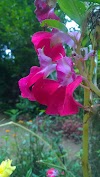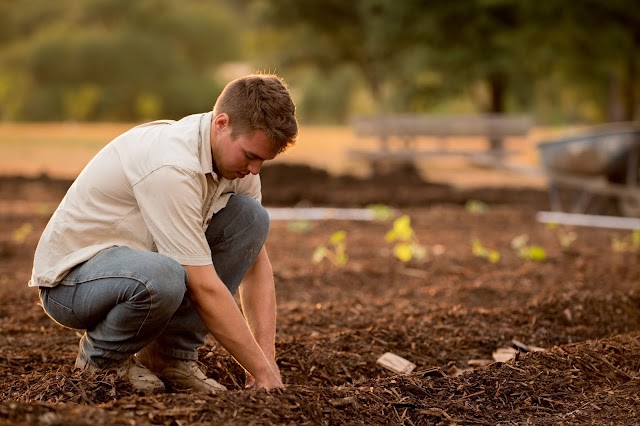ABOUT 'ALOCASIA INDICA' PLANT
Amorphophallus campanulatus
FAMILY:- ARACEAE
BOTANICAL NAME:- Amorphophallus campanulatus
VERNACULAR NAMES :
SINHALA : Kidaran, Wal-kidaran, Raja ala
TAMIL : Karunaikkalangu.
ENGLISH : Elephant yam.
DESCRIPTION :
A herb up to 1.25 m in height. Tubers of corms large, yellow or brown, 20-25 cm in diameter with central depression. Cormes are also formed underground, 5-10 being produced from the main corm or tuber.
LEAVES:- Single leaves large, tripartite, each part subdivided into numerous lobes, 30-80 cm long, with red markings.
FLOWERS:- Spathes 20-25 cm in length, with strong unpleasant odour, borne on a terminal inflorescence produced by the tuber (Jayaweera, 1981).
DISTRIBUTION :
A native to tropical Asia (Tindall, 1993). It is cultivated in Indonesia, Sri Lanka, Philippines and Pacific Islands.
EDIBLE PARTS : The tubers, young leaves.
FOOD USE: The boiled or roasted corms are eaten as a staple. Occasionally curries are also prepared from corms and leaves. The corm is useful in periods of food scarcity.
NUTRITIONAL AND THERAPEUTIC VALUE :
Moisture - 78.9 g,
Energy - 79 kcal,
Protein - 1.2 g,
Fats - 0.1 g,
Carbohydrate -18.4 g,
Calcium - 50 mg,
Phosphorus -34 mg,
Iron - 0.6 mg,
Carotene - 260 meg,
Thiamine -60 meg,
Riboflavin - 70 meg,
Niacin - 0.7 mg (Gopalan et al., 1971).
The corm is used externally to relieve pain in acute rheumatism. The corm and roots are good for hemorrhoids (Jayaweera, 1981).
ENVIRONMENTAL RESPONSE:
Fertile, deep alluvial soils are preferable. Temperature between 25-35°C and rainfall of 1000-1500 mm are considered suitable for elephant yams. Mostly productive at elevations below 1000 m.
CULTIVATION :
Areas for cultivation - In Jaffna as well as in other locations of the low country wet zone.
Planting season- Planting is generally done with the rains either in the Maha or Yala.
Land preparation- It involves making planting beds or ridges.
Planting and space- Small corms or portions of 3-year old corms are planted on flat beds or ridges at a depth of 10-15 cm at a spacing of 30-100 cm x 30 60 cm, depending on the age and size of the corms. Mulching or shading may be required in the early stages of growth. The corms usually are dug and replanted over a 3-year cycle.
Time to harvest- Trie crop matures in 220-350 days after planting and the corms are excavated when the leaves become sencecent. After 3 years of growth, the corms weigh 7-9 kg each and are considered marketable.
Harvesting- Tubers are lifted carefully without injuring the tubers.
STORAGE:
The corms are carefully cleaned and stored in heaps, preferably in well-ventilated sheds. They may lose up 25% of their weight during the first month of storage, but may be successfully stored for 7 months at 10°C








